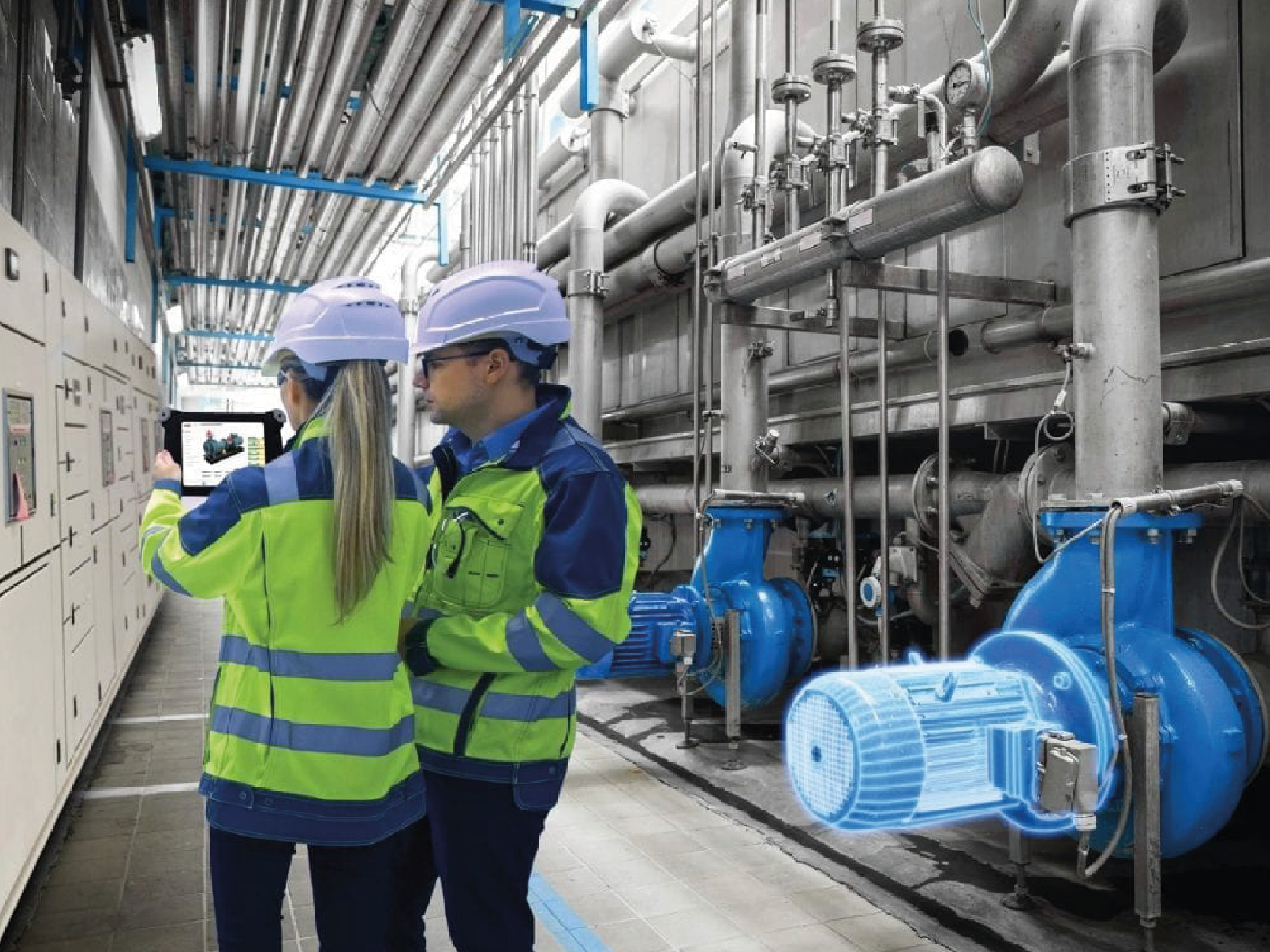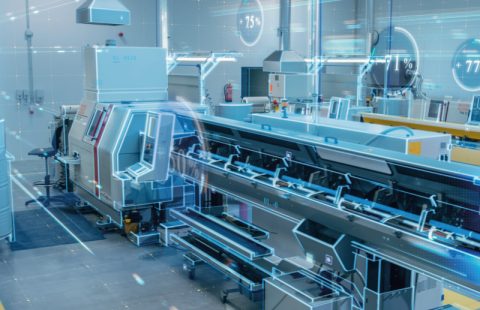
How Smart Factories Support Predictive Maintenance
There is no denying the fact that the industrial landscape, as we know it, is undergoing a profound transformation. How? Well, it has a lot to do with the rise of smart factories as they are paving the way for advanced operational techniques like predictive maintenance. That being said, this shift has also brought a refreshing change: The departure of reactive maintenance strategies. After all, they were plagued by unexpected downtimes and equipment failure. Now, the transition is more toward a data-centric, proactive approach.
So, let’ dive deep into how predictive maintenance in smart factories is enhancing manufacturing operations.
The Essence of Predictive Maintenance
Simply put, predictive maintenance does wonders by leveraging a wealth of data and analytics to foresee and prevent equipment malfunctions before they occur. In other words, numerous predictive maintenance strategies rely on various data inputs from sensors and historical performance records to anticipate potential failures. With predictive maintenance for a smart factory, the objectives are clear: Minimize downtime, extend equipment life, and cut down on maintenance costs.
How Predictive Maintenance Works
Here’s how predictive maintenance helps achieve the aforementioned objectives:
- Data Collection: There are sensors embedded in machinery that help continuously gather data on operational parameters. This data include temperature, pressure, vibration, and more.
- Data Analysis: Moving forward, advanced analytics and machine learning algorithms process the collected data to detect anomalies and patterns predicting possible failures.
- Maintenance Action: Based on these valuable insights, maintenance can be scheduled at an optimal time to address issues before they lead to equipment breakdowns.
The Role of Smart Factories in Predictive Maintenance
Smart factories have become the epicenters of innovation in the manufacturing sector. Now in an evolved form, they enable predictive maintenance strategies by integrating IoT, artificial intelligence, and sophisticated analytics. Moreover, these facilities are equipped with interconnected devices for the purpose of providing an ongoing stream of data, which plays an integral role in the effective implementation of predictive maintenance.
Here are the key technologies that help enable predictive maintenance in smart factories:
- IoT Sensors: You could say that these are the frontline warriors in his game. After all, they help capture real-time data that feeds into predictive models.
- Data Management Systems: These are the immensely integral robust systems that ensure the accurate collection of data and also makes sure the data is stored, and made accessible for analysis.
- Advanced Analytics and AI: These types of advanced tools help crunch the vast amounts of data to unearth insights about equipment health.
- Digital Twins: These are the virtual replicas of physical assets that simulate real-world conditions and predict outcomes under various scenarios.
- Maintenance Management Systems (MMS): These highly important systems help coordinate maintenance activities, manage schedules, and maintain historical records, integrating seamlessly with predictive analytics tools.
Transformative Benefits of Predictive Maintenance in Smart Factories
If you’re wondering why implement predictive maintenance strategies in smart factories, here are some benefits you need to know:
Enhanced Operational Efficiency: You see, real-time data monitoring and analytics is important since it enables the precise prediction of potential failures and ensures that maintenance efforts are only conducted when necessary. In other words, they help optimize the manufacturing process.
Cost Reduction: It’s a well-known industry fact that predictive maintenance mitigates the need for frequent repairs and overhauls. In fact, successfully implemented predicative maintenance strategies have significantly reduced the overall maintenance expenses of many industries. Moreover, it diminishes the incidence of costly downtime by addressing issues before they escalate.
Increased Equipment Longevity: Did you know that regular maintenance, based on accurate predictive data, could significantly extend the lifespan of machinery? In fact, it can make your capital investments more profitable over longer periods.
Safety Improvements: Moreover, early detection of faults can significantly reduce the risk of accidents in the factory environment. Predicative maintenance can help protect both the workforce and the machinery.
The Key Takeaways
We are already seeing how smart factories are representing a monumental shift in how maintenance is approached in manufacturing. And by embracing predictive maintenance, these futuristic facilities can enhance efficiency and safety as well as transform maintenance from a cost center into a value-added component of the manufacturing process.
So, if you need to know more about predictive maintenance implementation, please feel free to contact us. Our experts will be more than happy to guide you through the process and provide information on everything you need to know about predictive maintenance.


